EXPLORE
10 Plants That Can Hurt You If You Touch Them
Published
6 months agoon
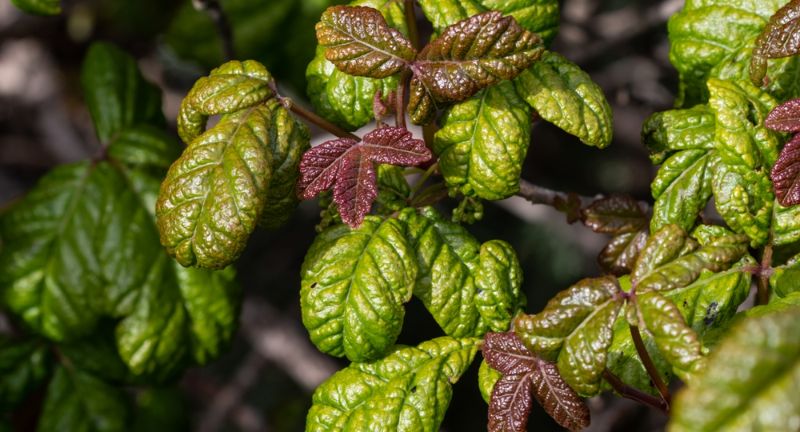
Poison Ivy
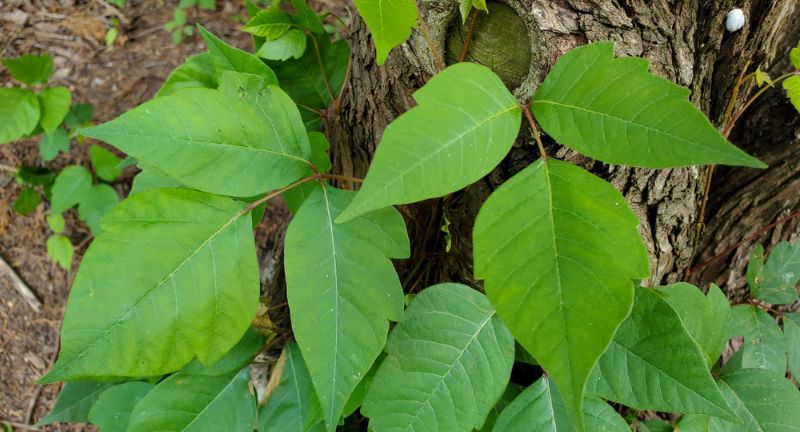
Poison Sumac
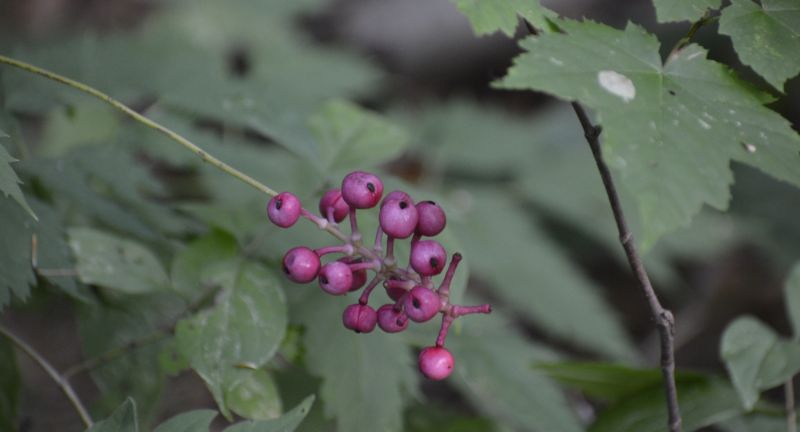
Stinging Nettle
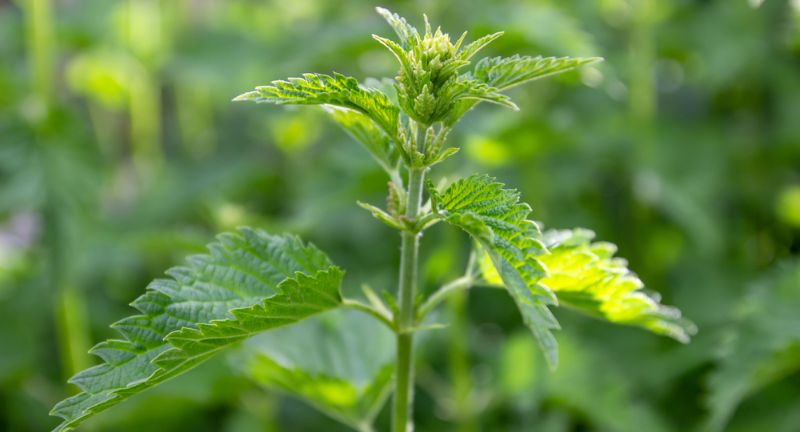
Giant Hogweed
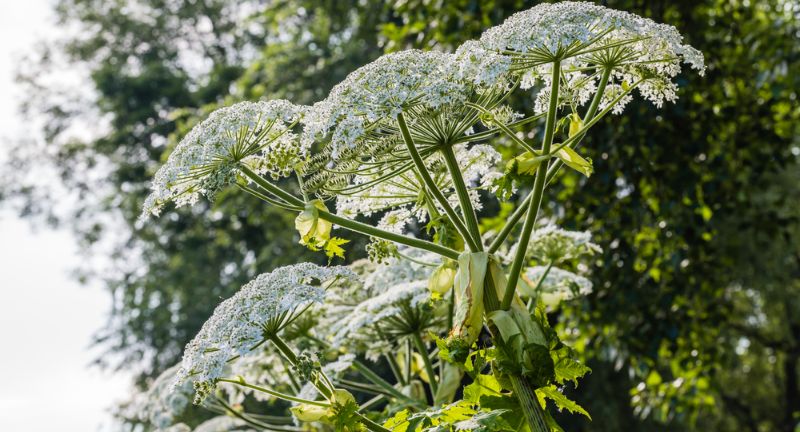
Manchineel Tree
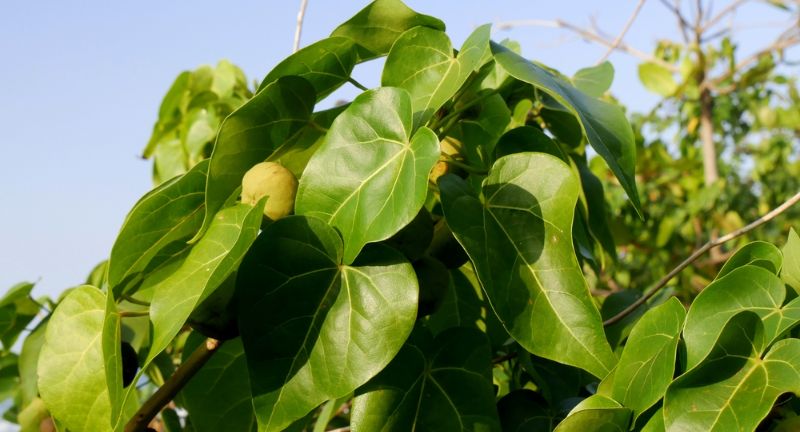
Wild Parsnip
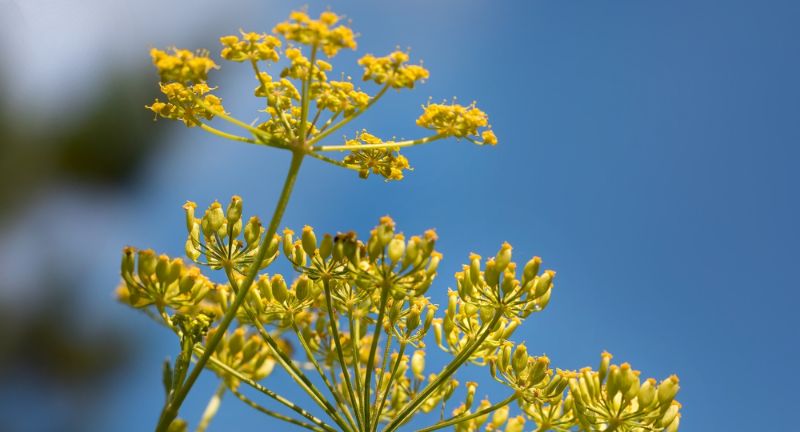
Wood Nettle
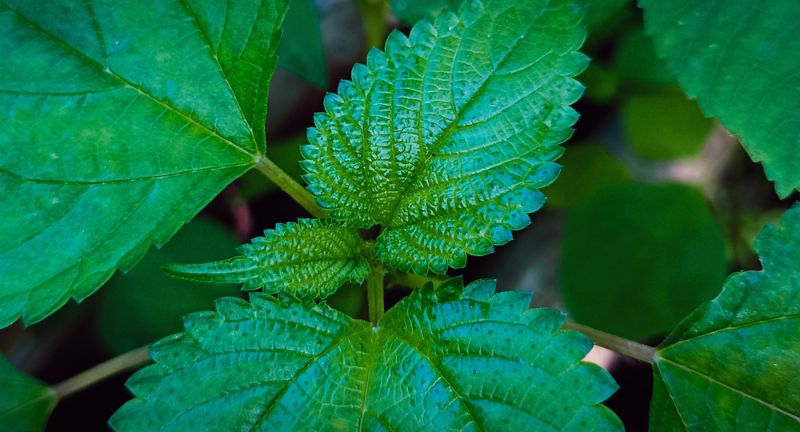
Cow Parsnip
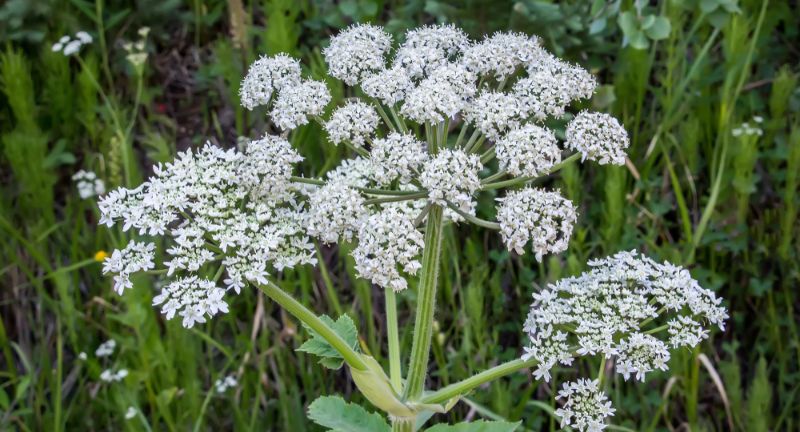
Gympie-Gympie
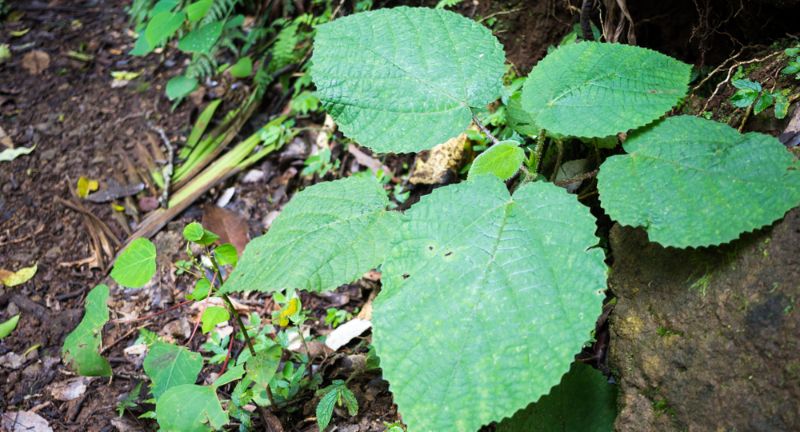
Poison Oak
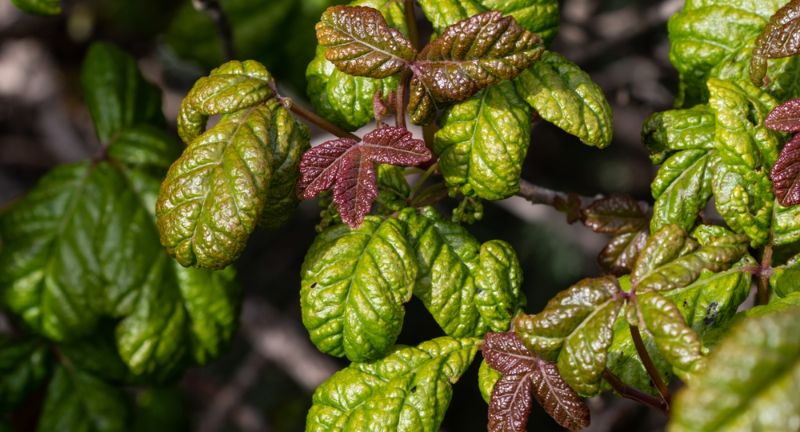
Conclusion
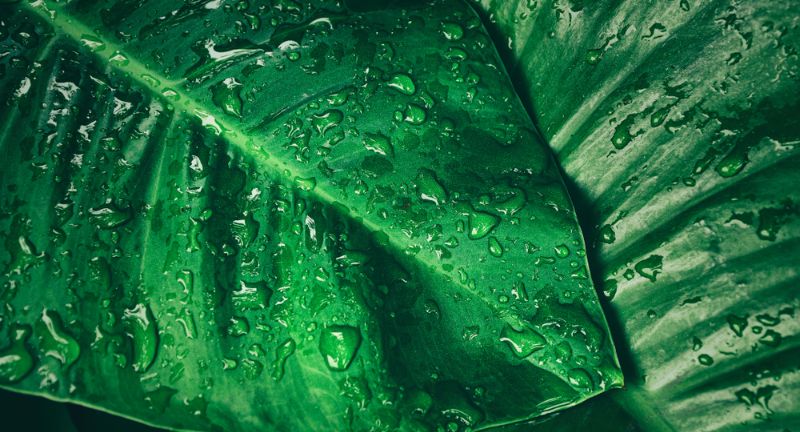
More From Bon Voyaged
-


25 Most Popular Flowers To Use For Your Holiday Decorations
-


Most Popular Coffee Shops In 20 Different Countries
-


Vintage Photos of Hollywood Icons Unlike You’ve Ever Seen Before
-


25 Most Touristy Towns In America That Are Still Worth…
-


20 Places Around The World Where People Seem To Be…
-


Top 20 USA Destinations For All The Fall Spooky Cozy…
-


25 Best Destinations If You Have A Love For Hiking
-


Rare Photos From History That You Probably Haven’t Seen Before
-


20 Most Beautiful Orange Perennials
-


10 Fascinating Facts About The Moon
-


27 Wellness Inspired Trips To Add To Your Bucket List
-


9 Strange Places Totally Off Limits


The Hidden Gem of Ireland: Why Northern Ireland Is a Must-Visit
When planning a vacation to Ireland, it’s tempting to focus solely on the well-known attractions of the Republic of Ireland....


26 Destinations That Are On Everyone’s List For Next Year
2025 promises to be a year of exciting travel opportunities, with destinations that offer unique experiences, rich cultural heritage, and...


Romantic Escapes That Won’t Break the Bank—or Require a Passport
The United States is filled with countless destinations perfect for a romantic escape that won’t break the bank. Whether you’re...


25 Reasons Why A Vacation Can Make Or Break A Relationship
Vacations are often seen as a perfect opportunity for couples to relax, reconnect, and escape the daily grind. But taking...

